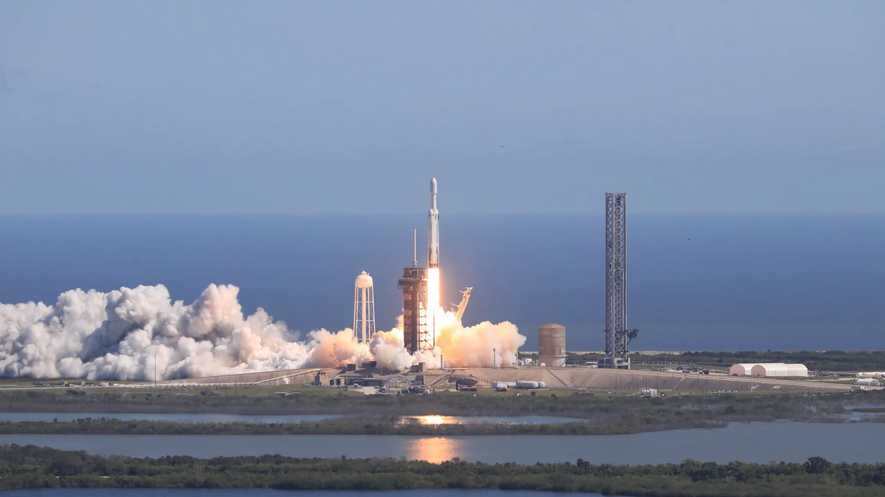Europe’s new Ariane 6 rocket has successfully launched, symbolizing a significant milestone for the continent’s space ambitions.
The inaugural flight of the Ariane 6 took place today (July 9) at 3:01 p.m. EDT (1901 GMT) from Europe’s Spaceport in Kourou, French Guiana.
This launch carries substantial expectations. It follows a year after the retirement of Ariane 6’s predecessor, the reliable Ariane 5, which left Europe without a homegrown solution for launching large satellites.
“Ariane 6 will power Europe into space. Ariane 6 will make history,” Josef Aschbacher, Director General of the European Space Agency (ESA), stated via X ahead of the launch.
5,4,3,2,1 allumage Vulcain! ?
Relive the moment the first Ariane 6 launched from @EuropeSpacePort, French Guiana ?
?Turn the sound all the way UP ?? #GoAriane! pic.twitter.com/WYRpPLGtnn
— European Space Agency (@esa) July 9, 2024
The journey to today’s launch has been lengthy. The development of the Ariane 6 started in late 2014, with its first flight initially planned for 2020. However, various technical challenges and external factors, including the COVID-19 pandemic, caused delays.
These setbacks resulted in no overlap between the Ariane 5 and its successor, Ariane 6. The Ariane 5, which conducted 117 orbital missions from 1996 to 2023, left Vega—a small-satellite launcher—as the only operational orbital rocket in Europe’s arsenal.
European space officials found this situation untenable, as they did not want to rely on SpaceX’s Falcon 9 and other foreign rockets for their significant payloads. Consequently, they have been eagerly anticipating the Ariane 6 launch.
Today marks the beginning of a new era for European space capabilities with the successful debut of the Ariane 6.



